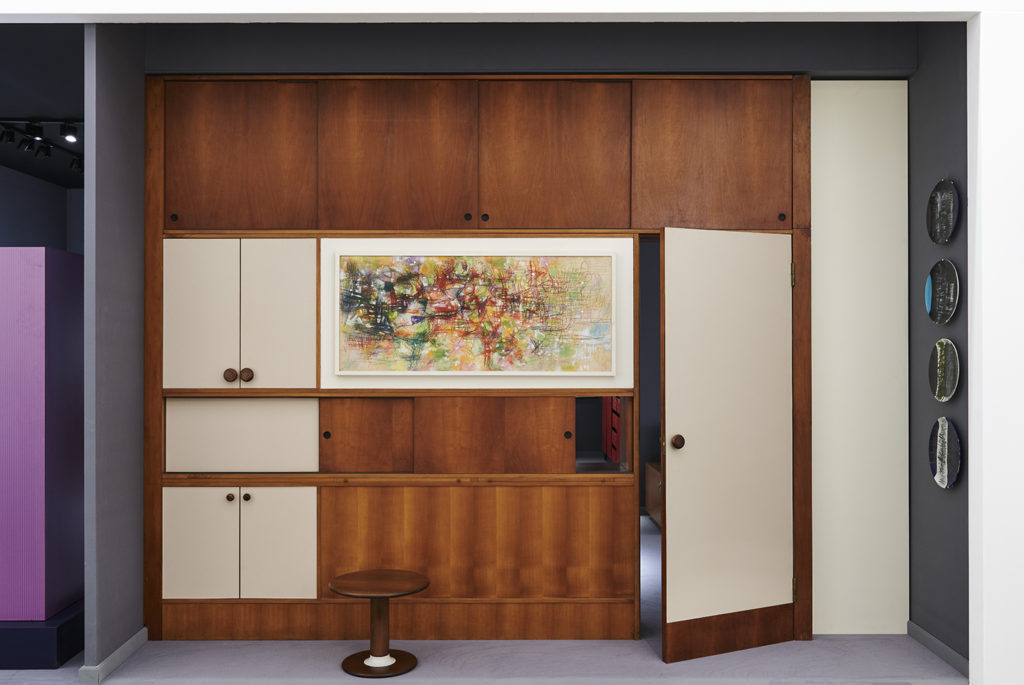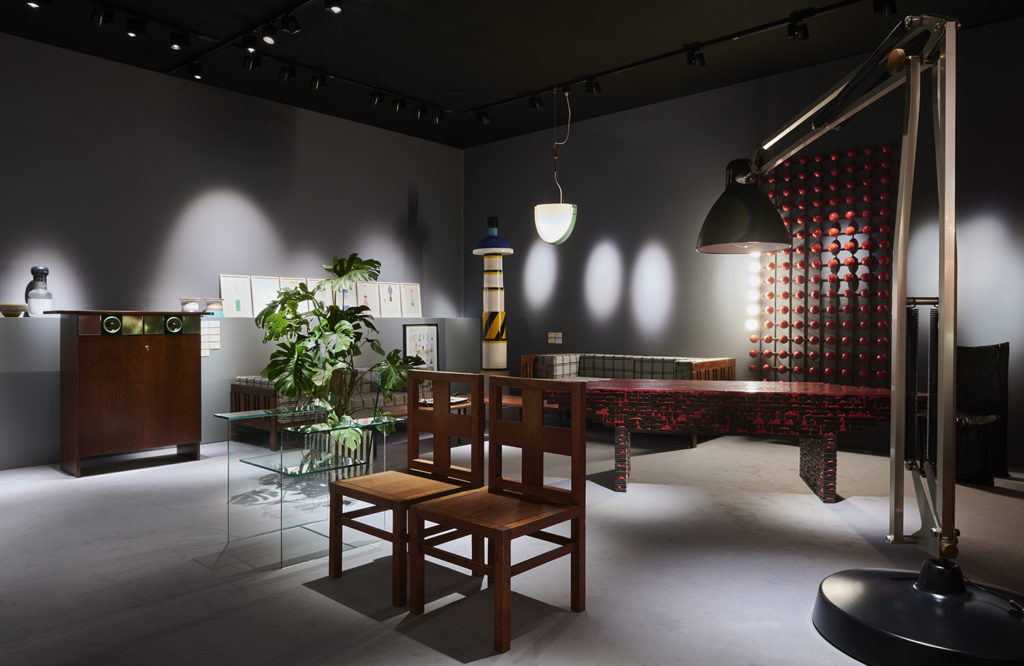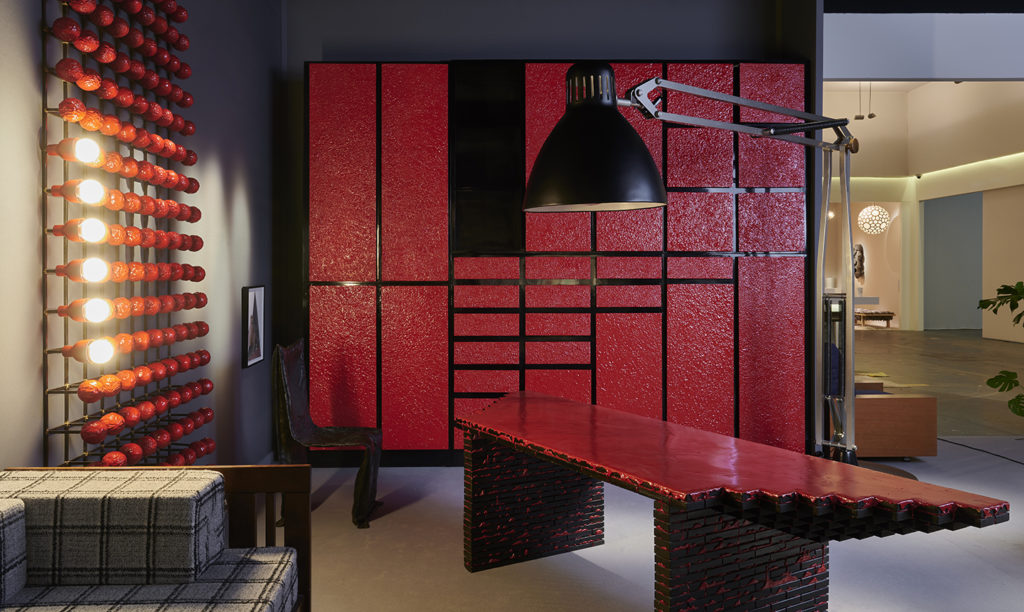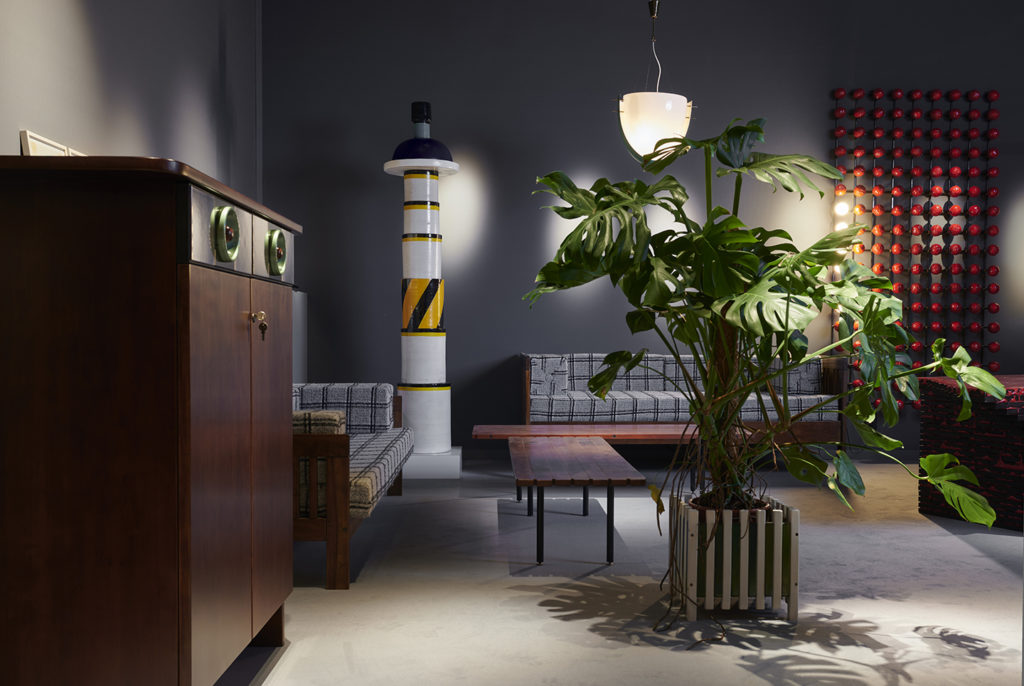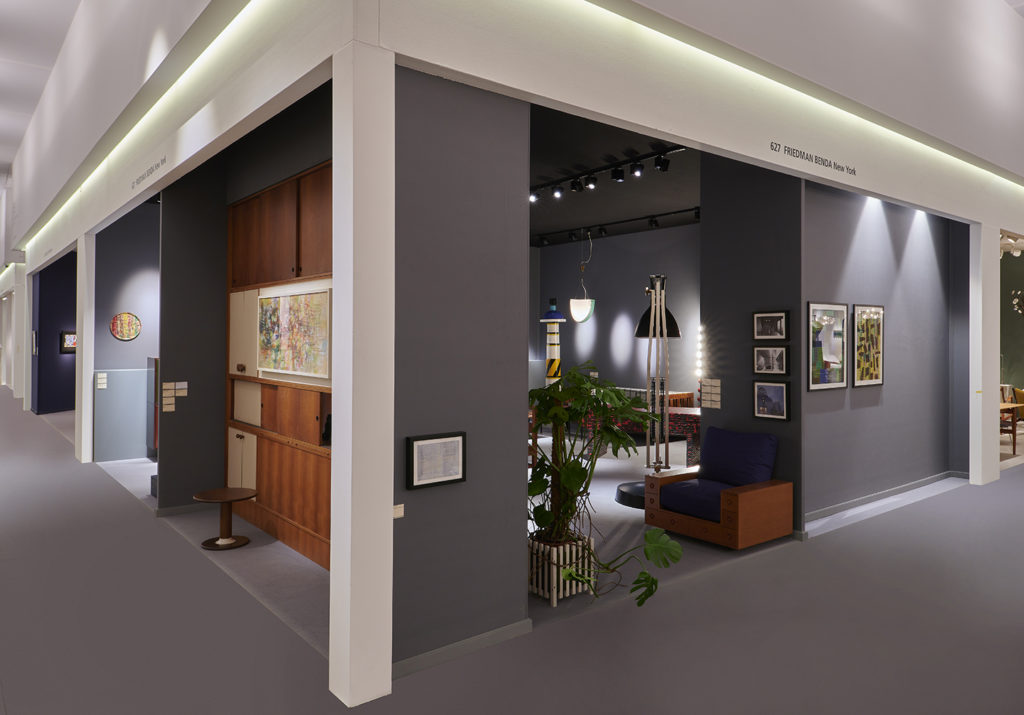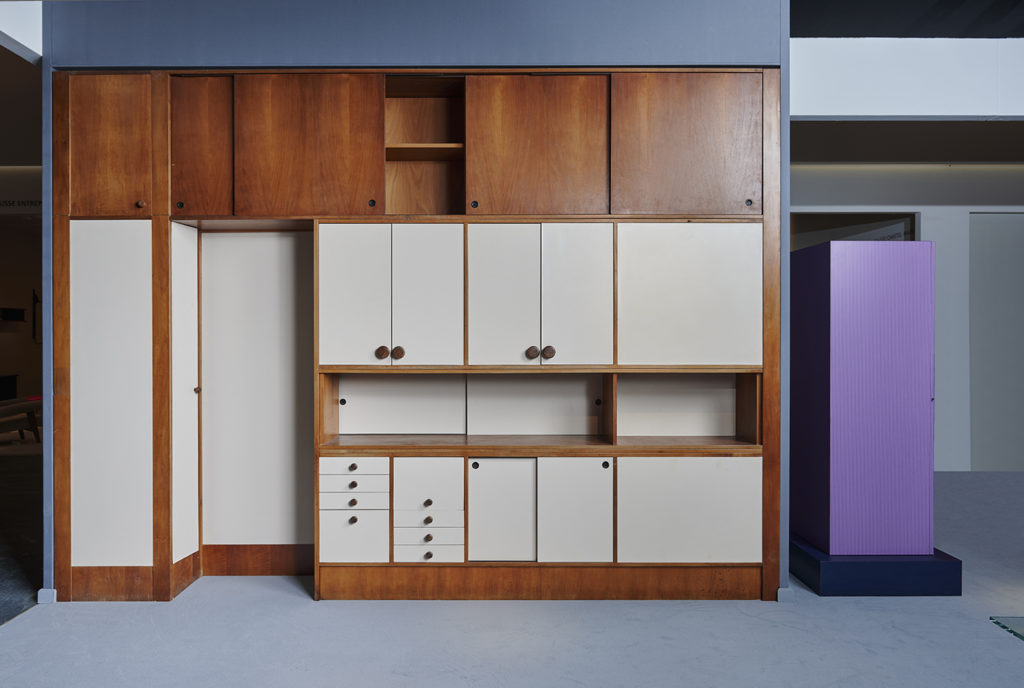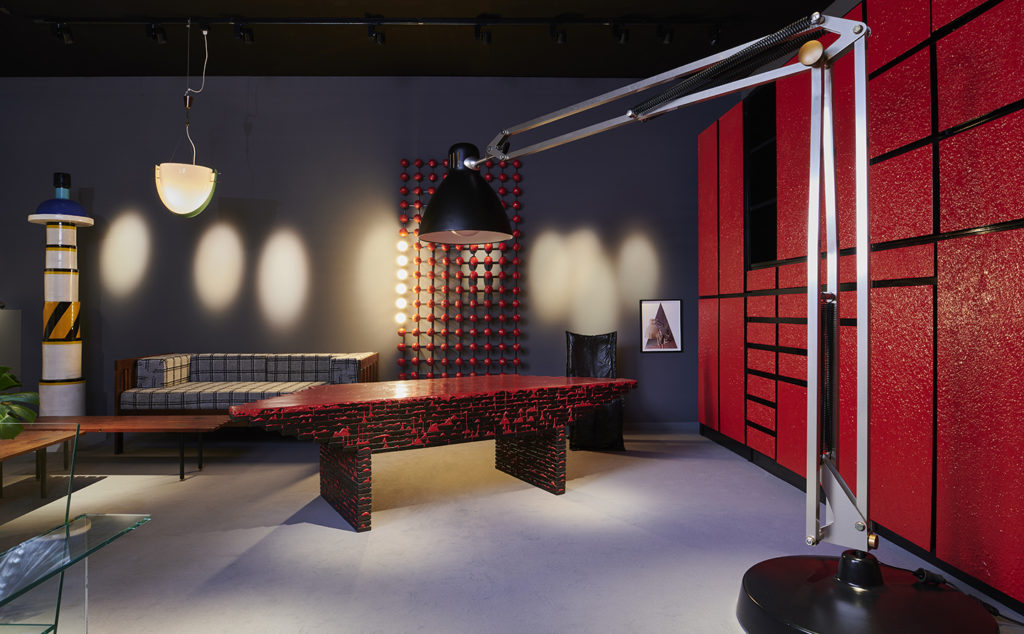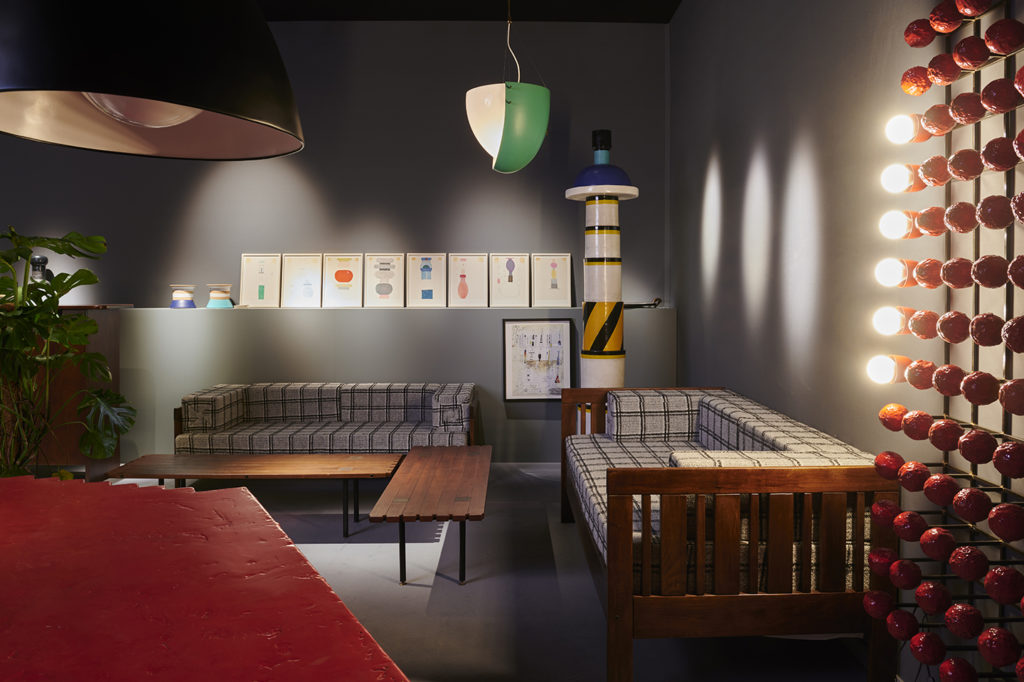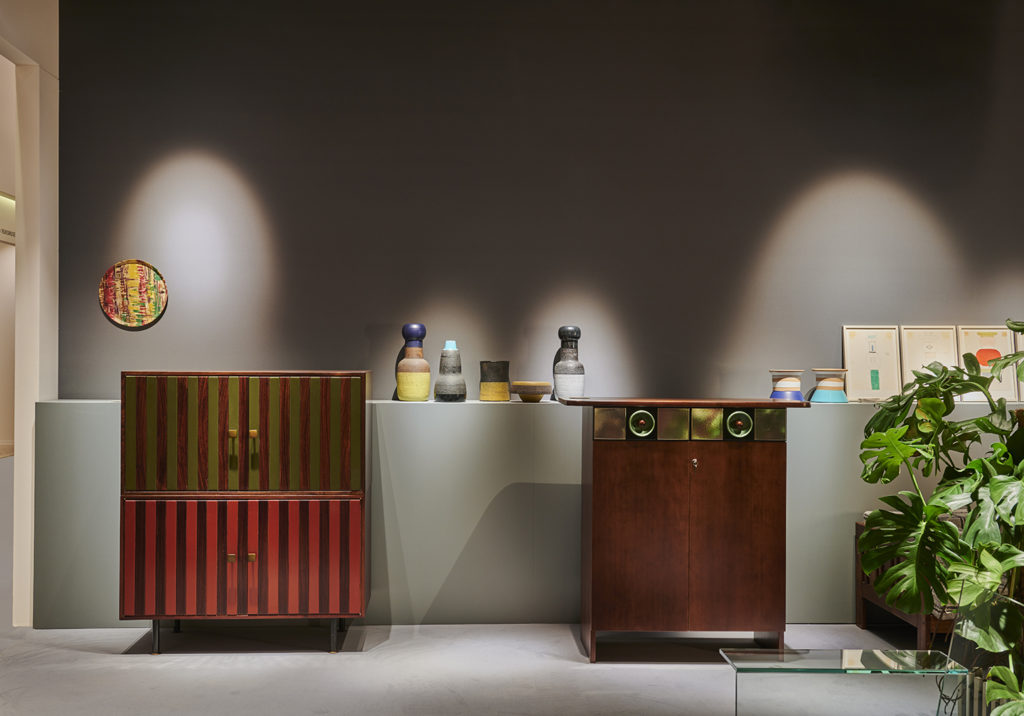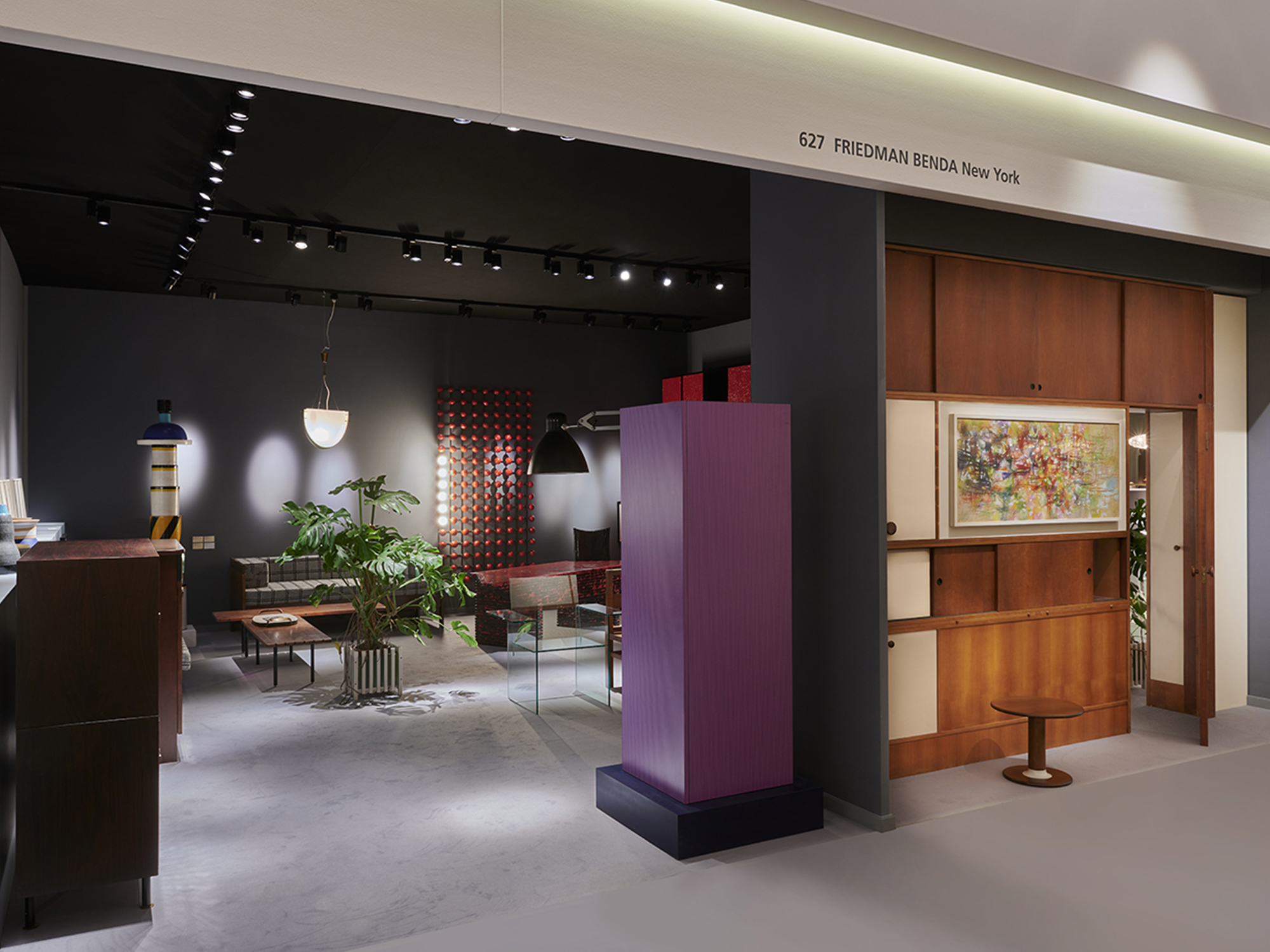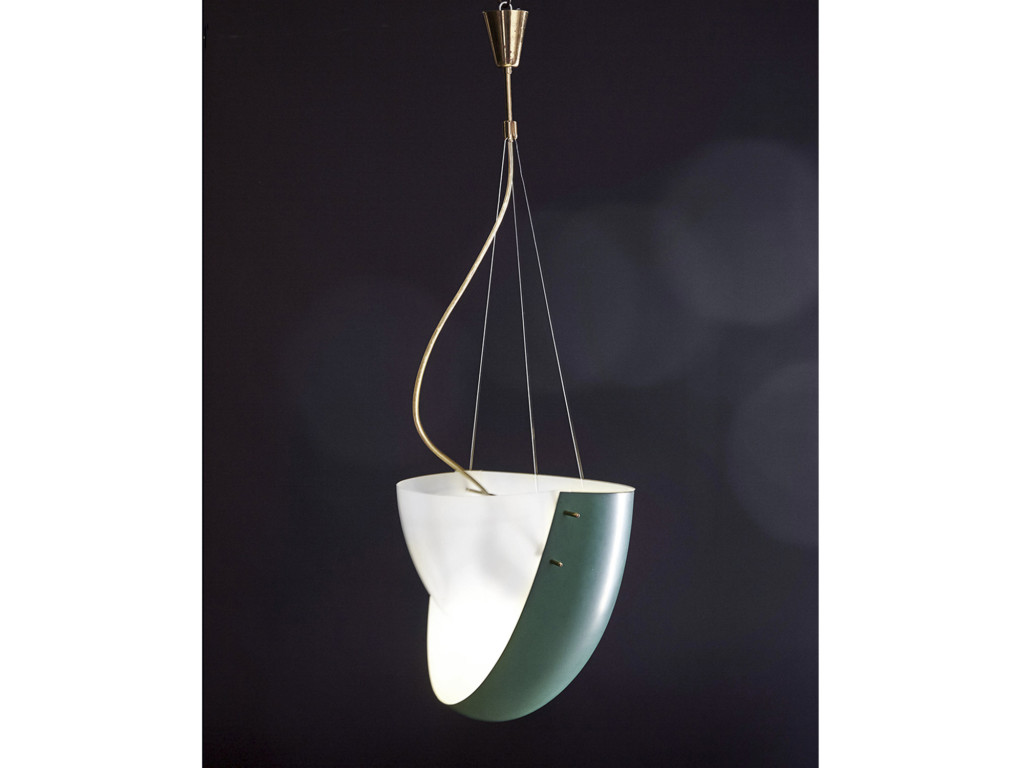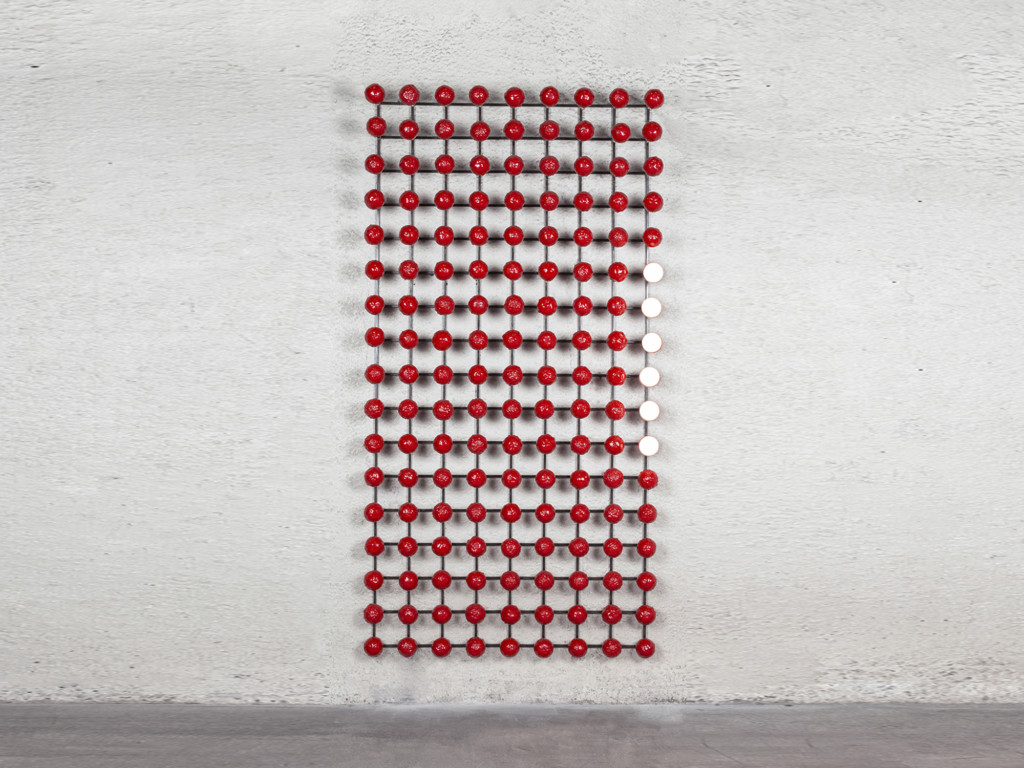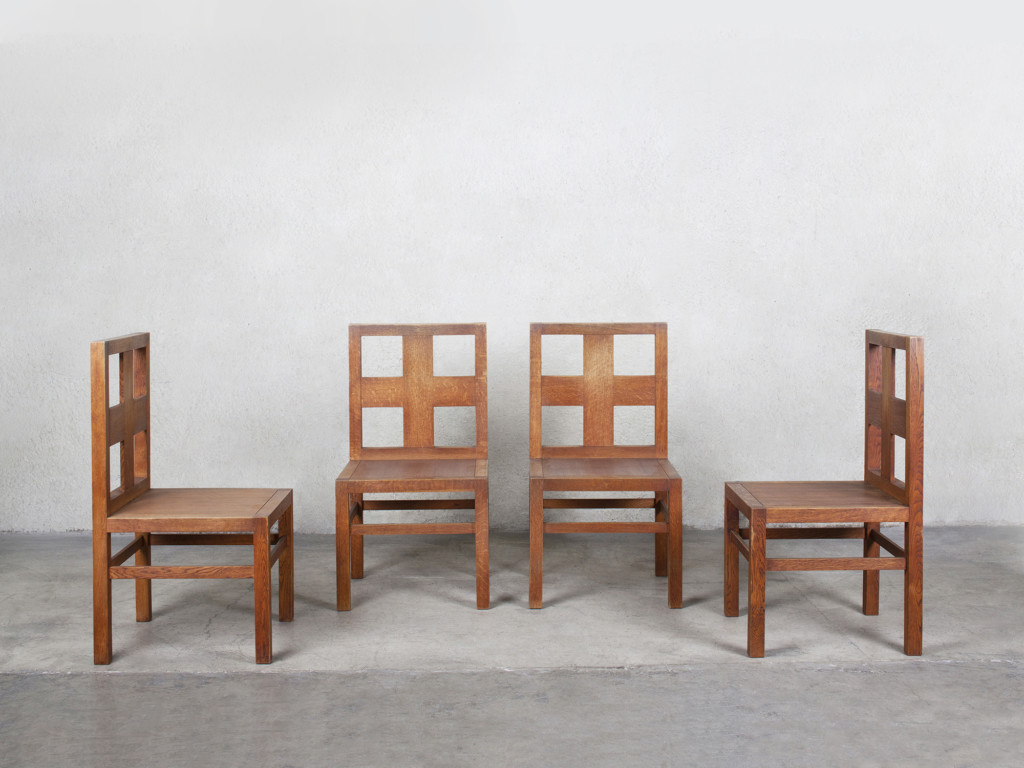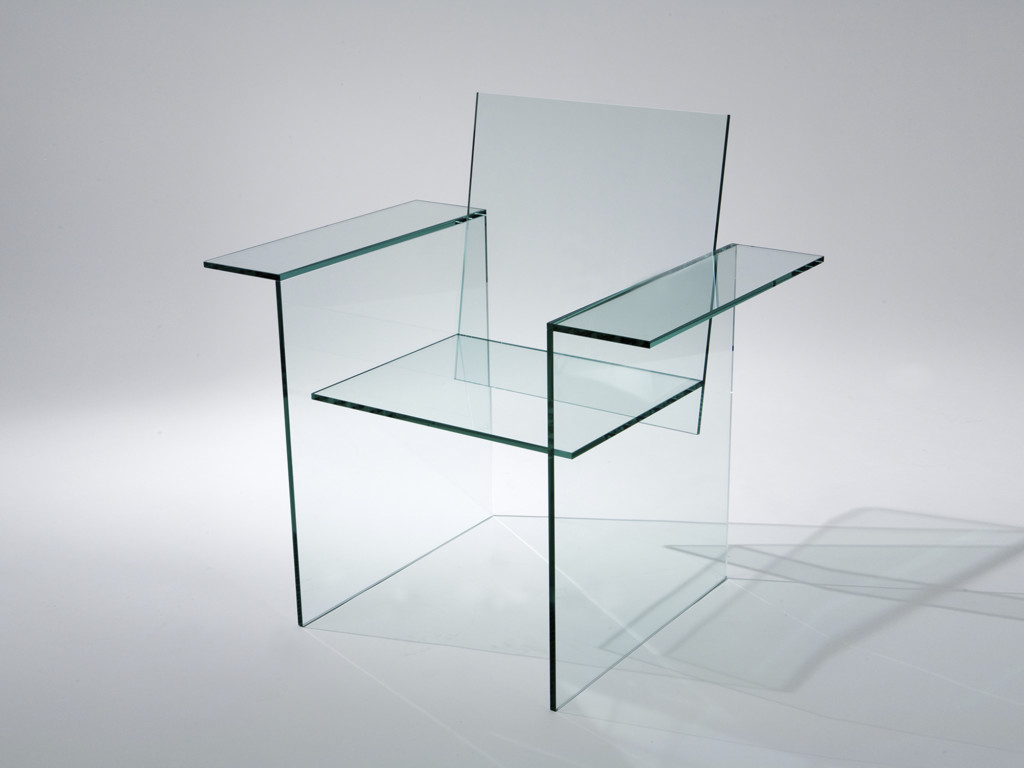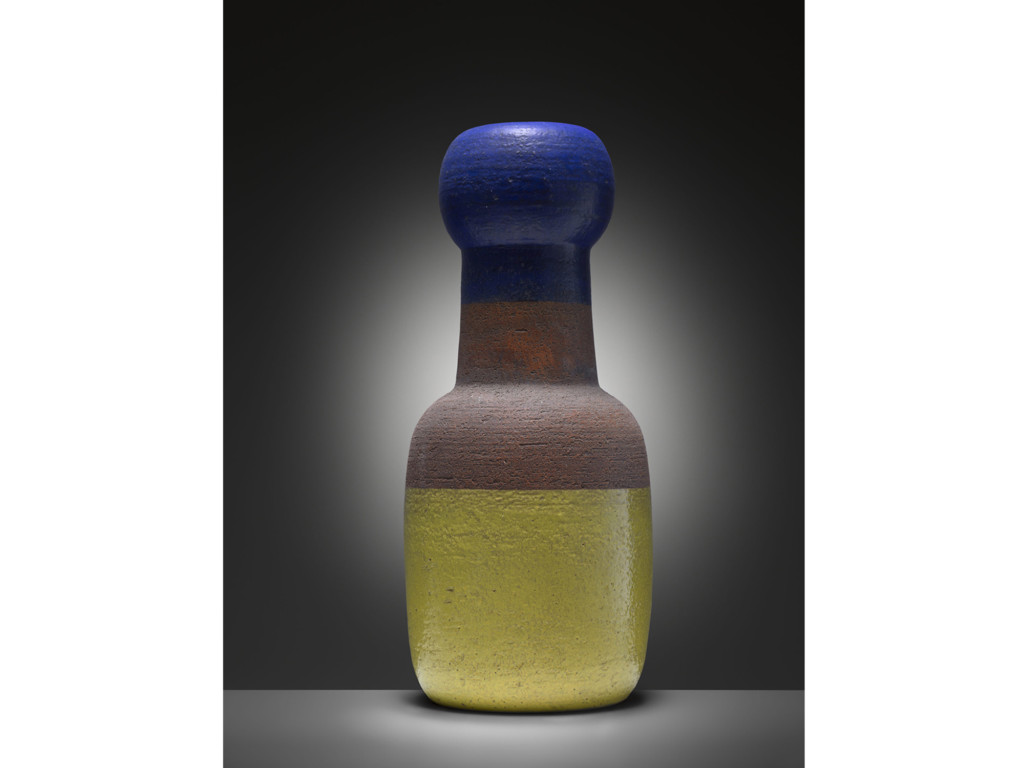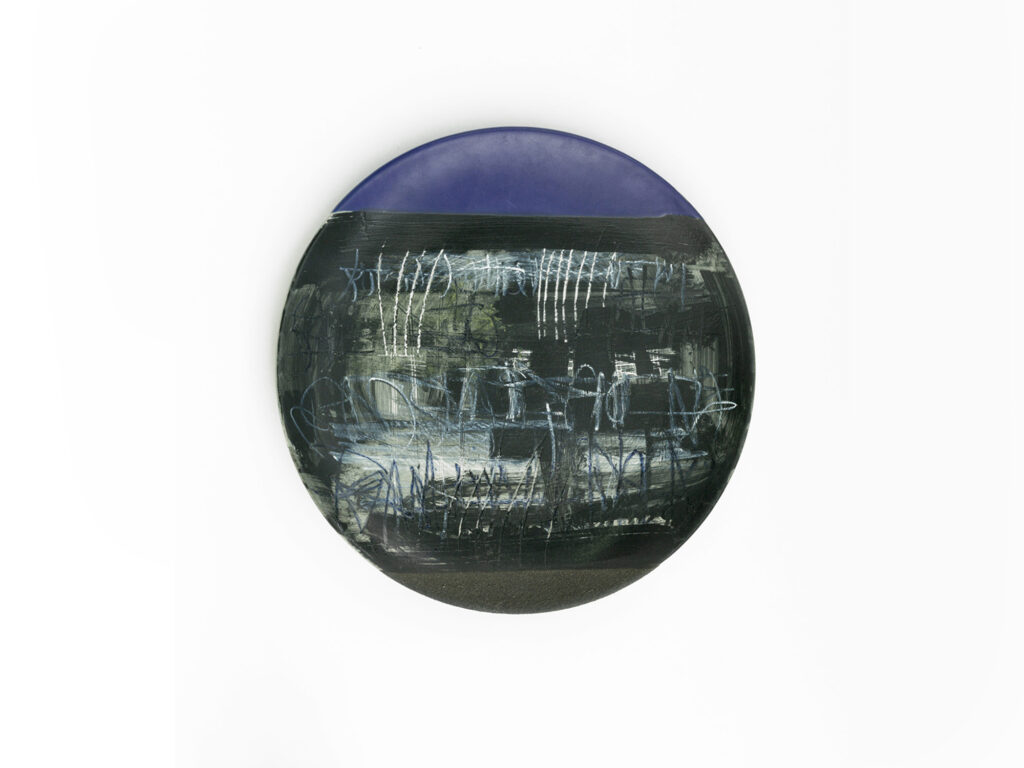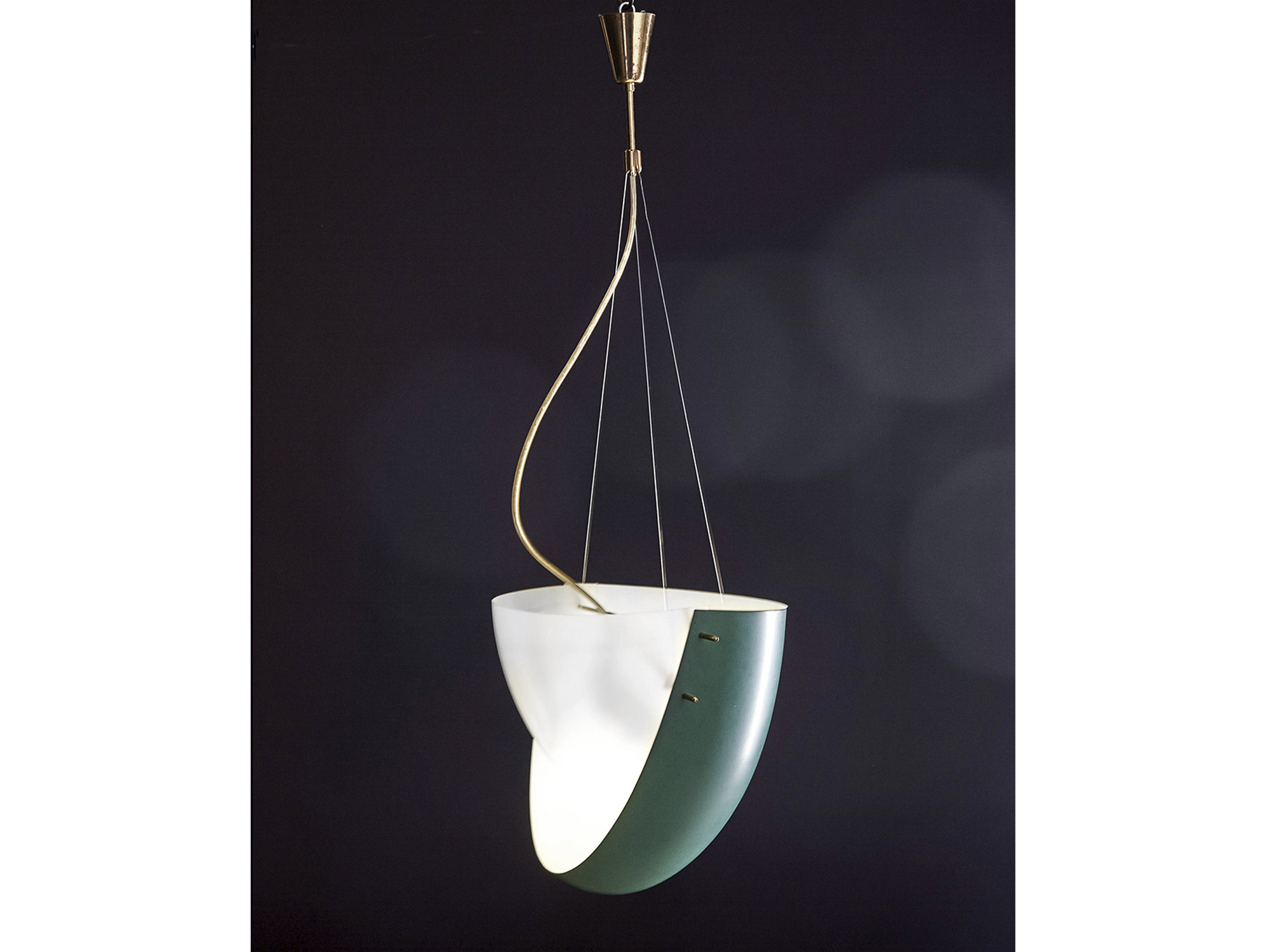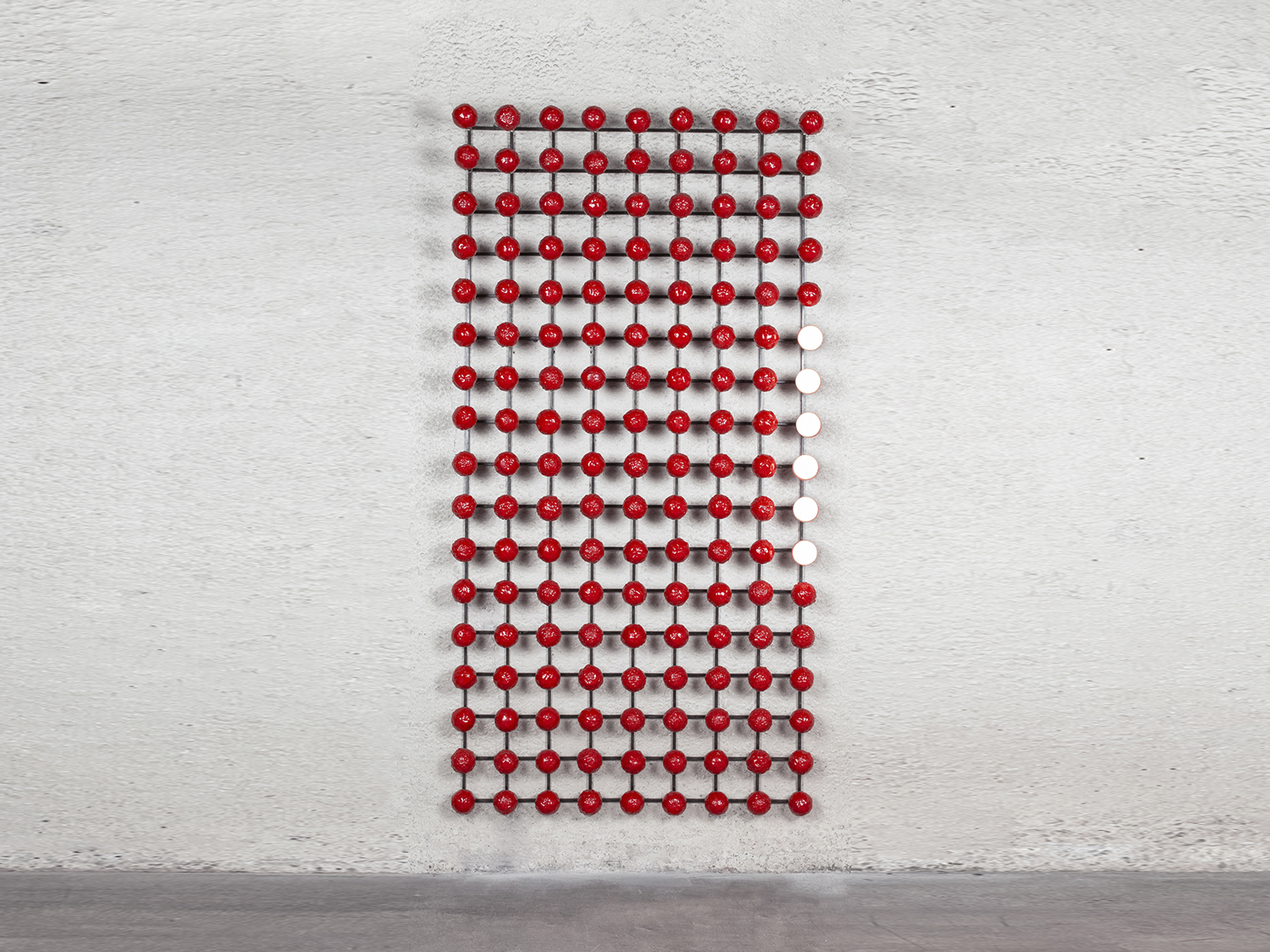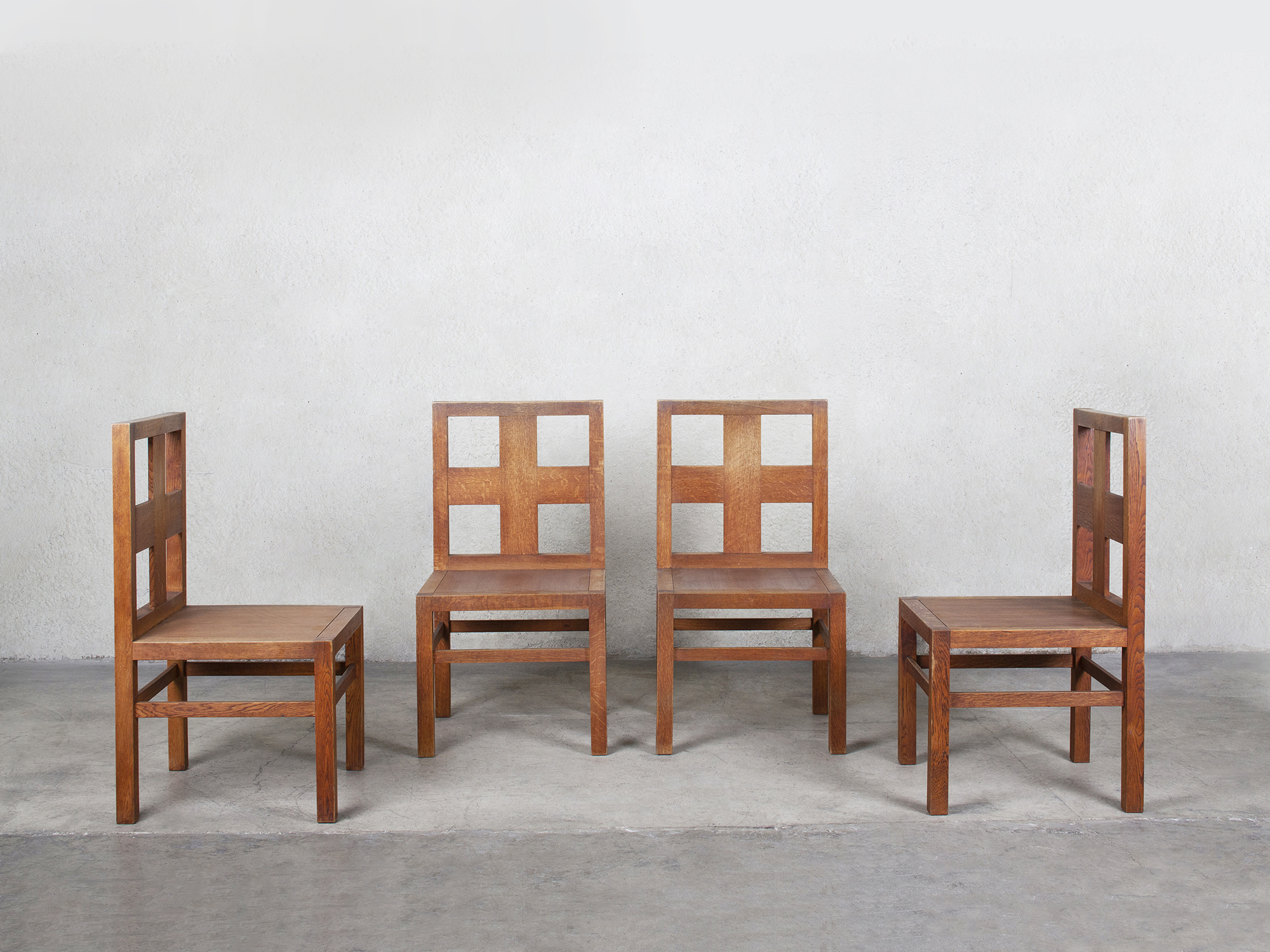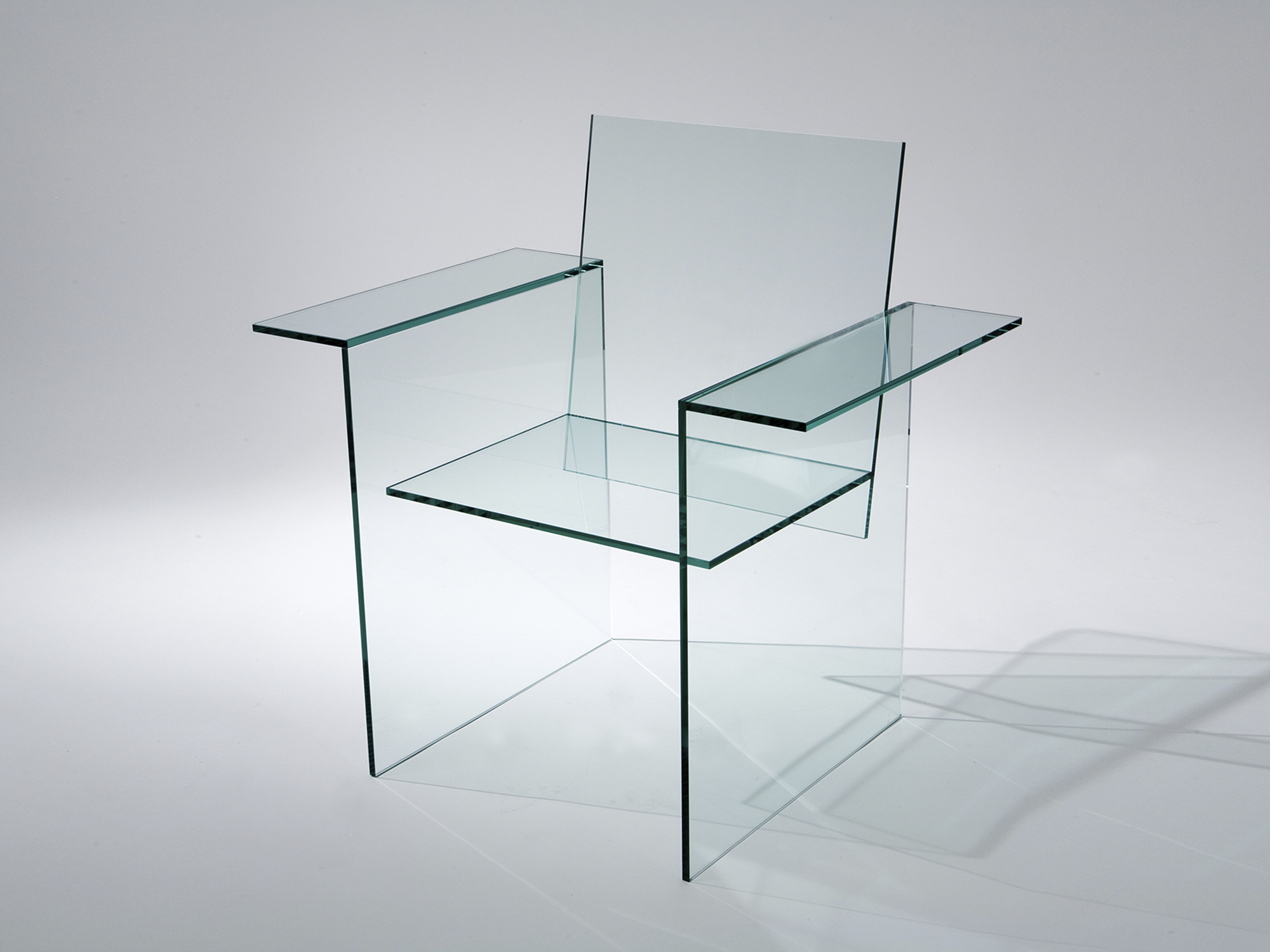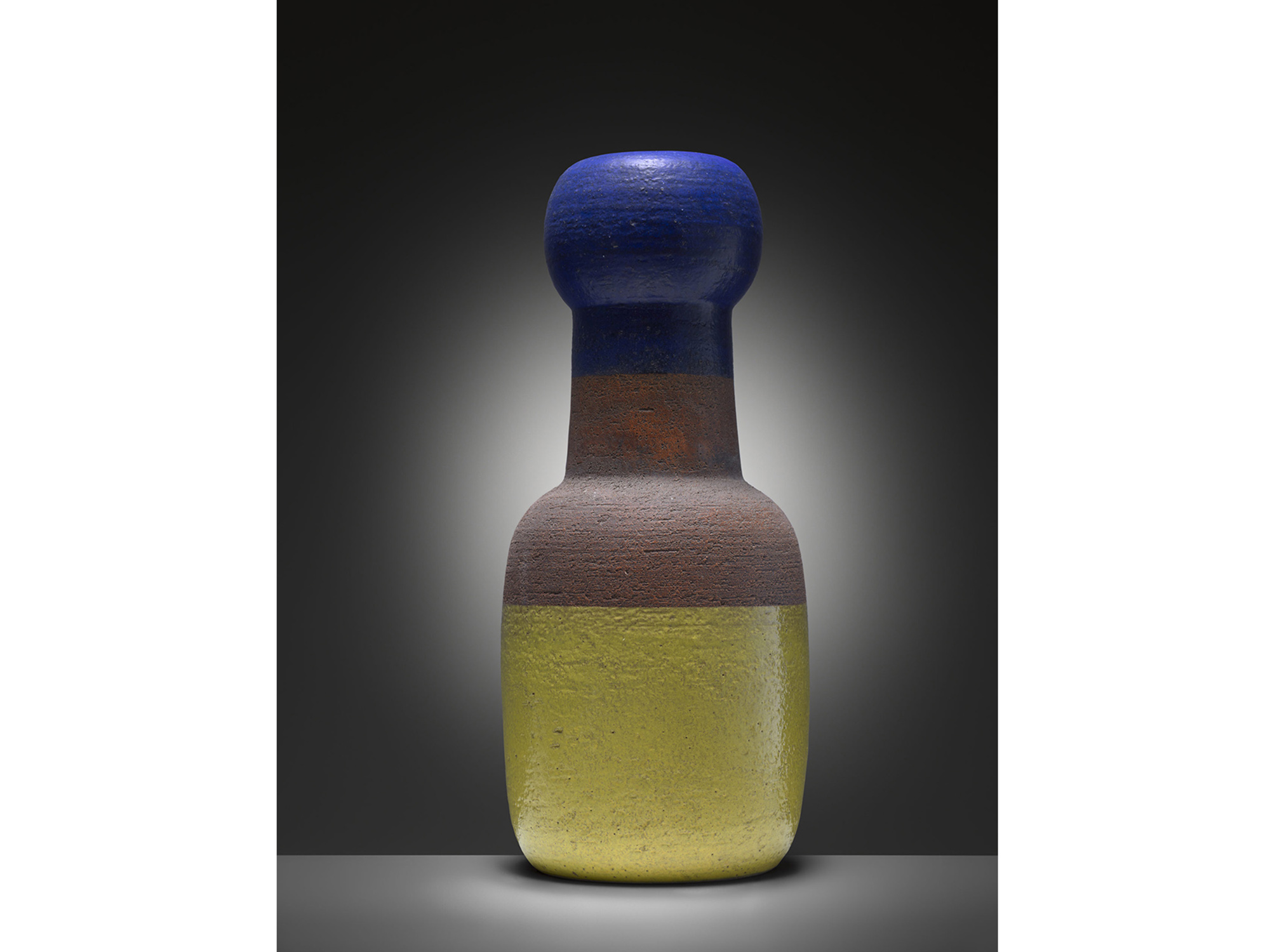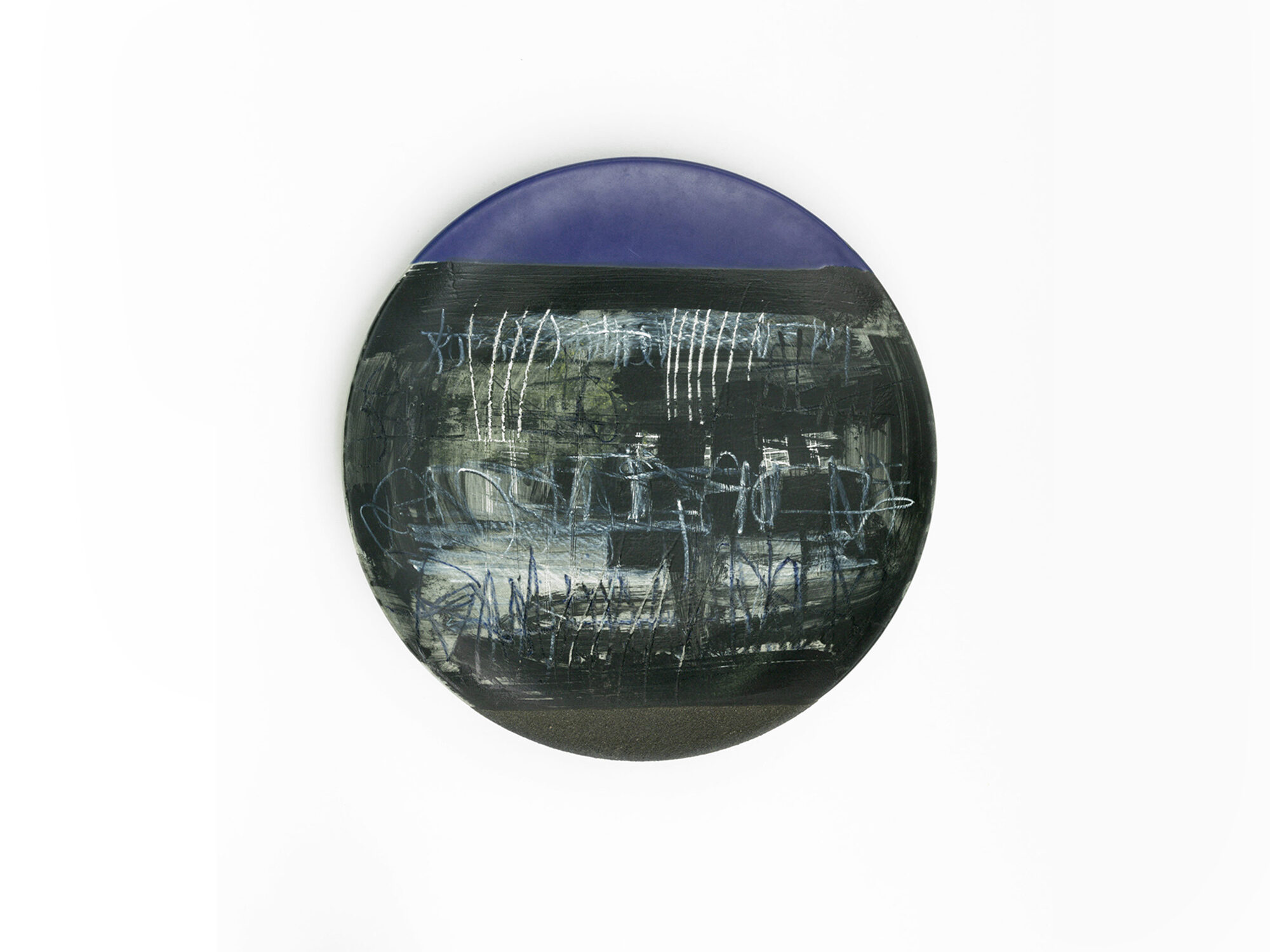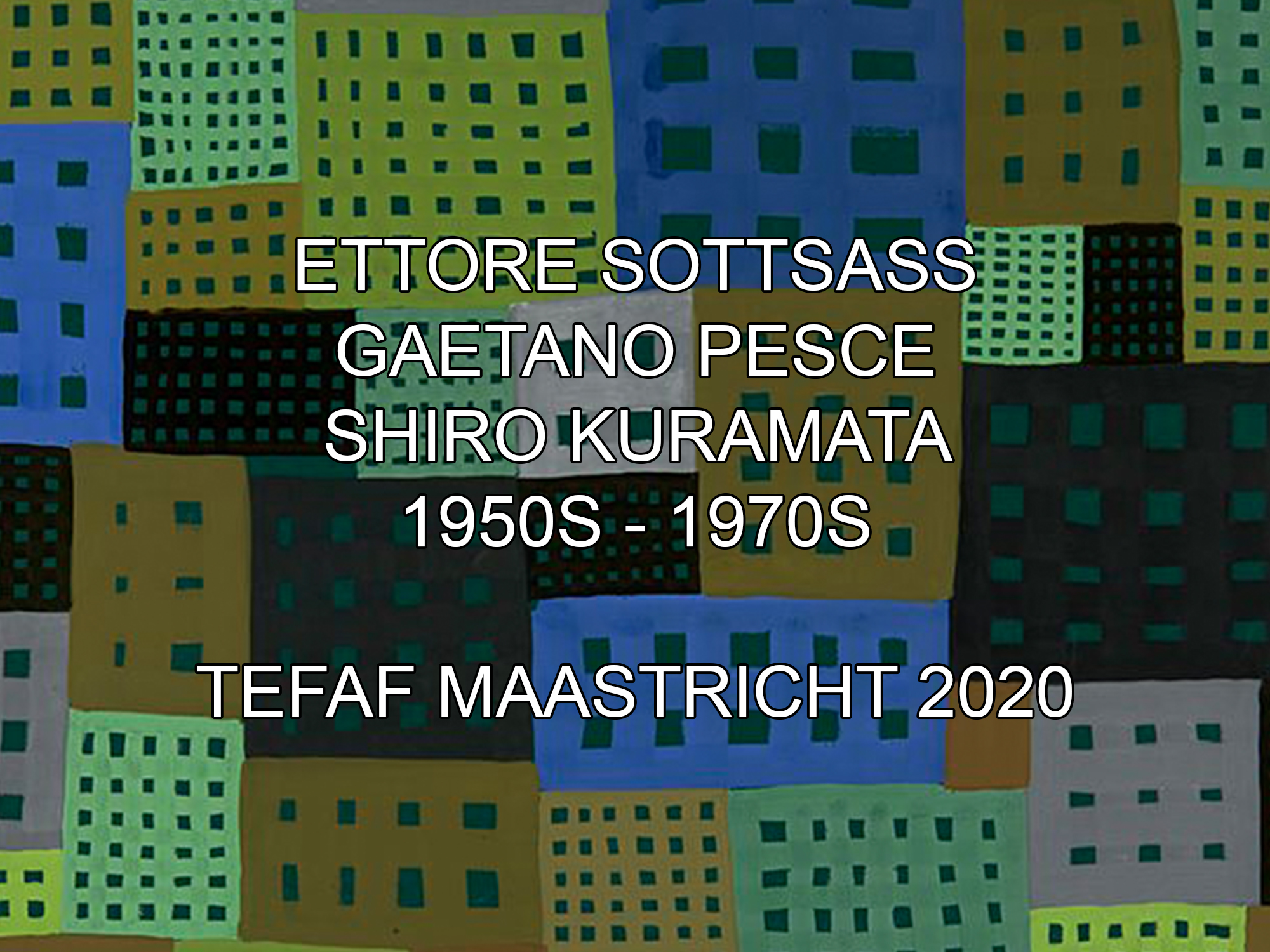For Friedman Benda’s inaugural participation at TEFAF Maastricht 2020, the gallery is pleased to present an overview of early key furniture and objects by Ettore Sottsass, Gaetano Pesce, and Shiro Kuramata. Through pivotal works rarely seen in public from the late 1950s to the early 1970s, the exhibition illustrates how these three seminal designers shaped our understanding of design and drastically expanded the reach of the contemporary design field. This will be the first in-depth survey to showcase the three pioneers’ critical years side by side, illuminating the historical significance of their catalytic and pervasive influence.
Throughout his career spanning six decades, Ettore Sottsass produced a provocative body of work, including architecture, furniture, industrial design, glass, ceramics, paintings, photography, and scholarship. From the late 1950s to the late 1960s, Sottsass experimented extensively and produced important ceramic works, such as the Ceramiche di Lava (1957) and Tondi (1959). This presentation marks the public debut of the Storage Partition (1965), a large-scale architectural element from Sottsass’s interior commission for the Tufarelli residence in Capri.
The late 1960s and the early 1970s was a seminal period for Gaetano Pesce, whose multidisciplinary practice encompasses architecture, urban planning, interior design, and industrial design. Rarely seen works such as the iconic Moloch Floor Lamp (1971) and the Arca Table (1972) will be featured. Juxtaposed with Sottsass’ monumental Storage Partition, Pesce’s Carenza Wardrobe (1972) came from his first interior commission and remained in the same private collection for nearly five decades.
Shiro Kuramata is known for his revolutionary vision for furniture and interiors, his contribution to the global design culture, and his decade-long collaborations with notable top designers such as Issey Miyake. This presentation features a set of oak dining chairs (1975-76) and an early example of Armchair with Drawers (1967), all included in architect Tadao Ando’s acclaimed Soseikan Yamaguchi House (1974-75) in Hyogo, Japan. These works provide a dialogue between two masters of two disciplines.
